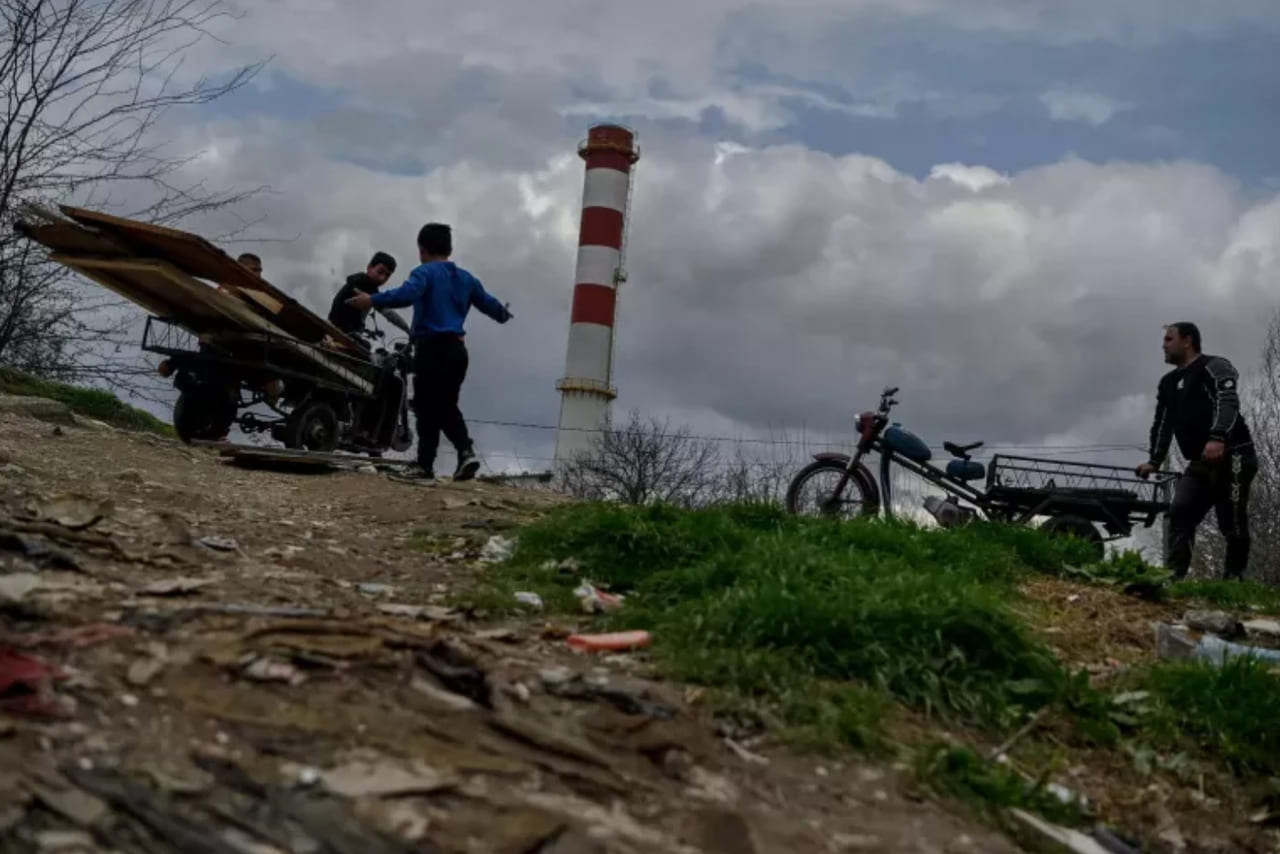More than 5,480 infants across 23 countries in Europe and Central Asia died from causes linked to air pollution in 2021, according to a new policy brief published by UNICEF. This statistic highlights that air pollution is responsible for 1 in 5 deaths among children under one year old in the region.

The report "Breathless Beginnings: Policies to Protect Children from Air Pollution in Europe and Central Asia," reveals that air pollution in major cities often exceeds levels deemed safe by the World Health Organization (WHO). It identifies air pollution as the leading environmental health risk for children in the region.
Maria Osbeck, Regional Adviser on Sustainability and Climate at UNICEF's Europe and Central Asia Regional Office, emphasized the preventable nature of these deaths.
"Illness and deaths caused by air pollution are preventable. Yet, every year, children in Europe and Central Asia are dying or suffering long-term health consequences from breathing polluted air," she stated.
Osbeck stressed that policy measures aimed at reducing pollutants and improving air quality could save lives and alleviate the burden on public health services.
The brief highlights that infants and young children are particularly vulnerable to the effects of air pollution. Early exposure, even in the womb, can lead to reduced lung development and an increased risk of respiratory illnesses such as pneumonia, asthma, and allergies. It also notes that exposure to polluted air can cause inflammation in the brain, potentially impairing cognitive development.
Air pollution in the region, characterized by particulate matter (PM2.5 and PM10), primarily results from fossil fuel use in residential, commercial, and institutional settings, with coal being especially detrimental to children’s health.
UNICEF calls for increased attention and resources from governments and institutions to combat worsening air pollution. Key recommendations include integrating air pollution considerations into National Determined Contributions (NDCs), National Adaptation Plans (NAPs), and local Air Quality Plans; establishing pollution-free zones around schools and health facilities; and setting up air quality alert systems.
Particulate matter (PM) includes PM10 and PM2.5. PM10 consists of tiny particles that can irritate respiratory passages, while PM2.5, being smaller, can penetrate deep into the lungs and bloodstream, causing severe health issues including cardiovascular and neurological complications. PM2.5 often results from fossil fuel combustion, industrial activities, and natural sources such as dust and volcanic activity.
UNICEF’s policy brief stresses the urgent need for effective measures to protect children from the harmful effects of air pollution and improve overall air quality in the region.
Follow Daryo's official Instagram and Twitter pages to keep current on world news.
Comments (0)